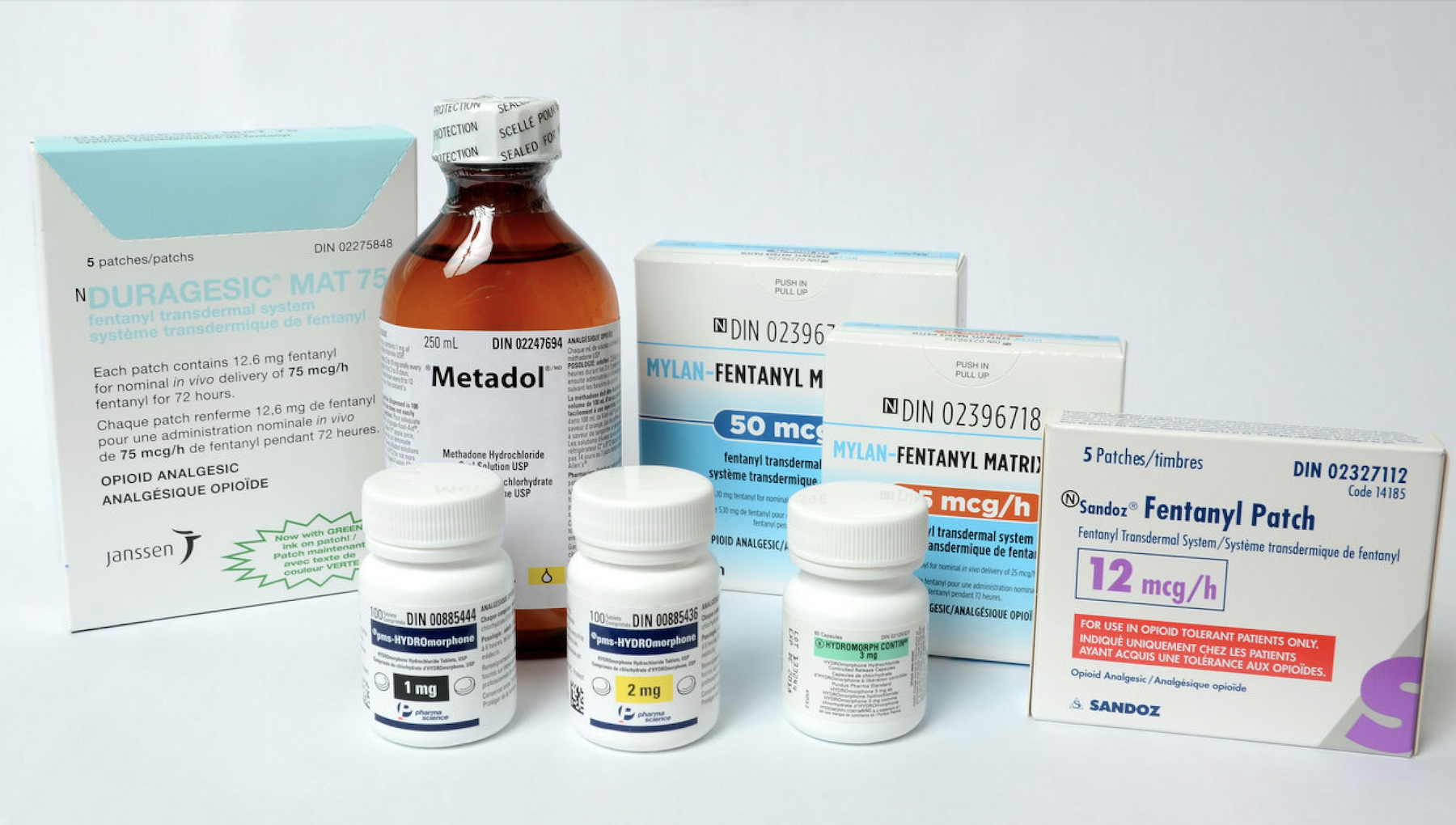People with opioid use disorder in Alberta can no longer pick up safe supply medications like hydromorphone from pharmacies, following the March 4 implementation of a new policy that severely restricts access to “high-potency opioid narcotics.” Providers can no longer prescribe such medications in outpatient settings.
The amendment to the Mental Health Services Protection Regulation was announced in October 2022. It does not apply to methadone, buprenorphine or slow-release oral morphine—medications for opioid use disorder (MOUD) that in Canada are considered part of the limited range of medical safe supply options. But it does apply to hydromorphone (Dilaudid), diacetylmorphine (heroin) and fentanyl, all of which the provincial government has falsely claimed are unsafe to take long-term and carry high risk of overdose and “diversion” if their use is not supervised.
Alberta providers can no longer prescribe those options to new OUD patients. As of March 4, they were required to have either transitioned all existing patients to MOUD or transferred them to an Alberta Health Services-licensed clinic. Only a handful of such clinics operate, in six cities across the province. The change is not intended to affect chronic pain patients.
“The thought of going back on to street-sourced opiates is just unthinkable to me at this point.”
Ophelia Black, a 22-year-old Calgary resident who was diagnosed with severe OUD as a teenager, has been taking prescribed hydromorphone for the past two years.
“I go to the pharmacy that is nearest to where I live, and then I pick up the medication every single day,” Black told Filter. “What the government wanted me to do was spend four hours a day in a cab going back and forth.”
Like many other patients in Alberta, Black does not live near one of the AHS-licensed clinics. And though she uses hydromorphone three times a day, she was told that her assigned AHS clinic would be closed during two of her three dosing times. She is suing the provincial government over the new regulations, and on March 2 was granted an interim injunction allowing her to continue accessing her medication from a pharmacy while the lawsuit is ongoing.
“The thought of going back on to street-sourced opiates is just unthinkable to me at this point,” Black said.
While hydromorphone is a common safe supply option for providers across Canada to prescribe for unsupervised use, this is not true of diacetylmorphine and fentanyl. In October 2022, Alberta health officials announced that AHS-licensed clinics would begin offering supervised dosing of all three medications, framing this as expanded access to safe supply. In reality, the change forces people on hydromorphone to either transition to MOUD that may not work for them; travel multiple times per day to a clinic that may not be near them; or use the dangerously adulterated illicit supply.
Over 150 health care and harm reduction workers urged that the province rescind the plan.
Publicly available Alberta health data on safe supply prescribing are incomplete. Patty Wilson, a nurse practitioner and president of the Alberta Nurses Coalition for Harm Reduction, told Filter that there is almost no public accounts of the impact so-called “high-potency” options have on patients’ lives. But anecdotal accounts from members of the nurses’ coalition indicate a “transformational” change for the few patients who’ve been able to access the medications they needed to avoid the illicit supply.
“We’ve heard that people have been able to reconnect with family members, better manage their pain, better manage their day-to-day life because they have control over how they’re able to use their medication,” Wilson said.
In a January 24 open letter to provincial leadership, over 150 health care and harm reduction workers urged that the province rescind the plan, in the context of an increasingly volatile street drug supply.
Despite public support for medical safe supply, Alberta’s United Conservative Party government has spurned harm reduction responses to the overdose crisis, favoring an abstinence-based approach that emphasizes addiction treatment. The province recorded 1,443 overdose deaths between January and November 2022.
Photograph via Canadian Medication Appropriateness and Deprescribing Network





Show Comments